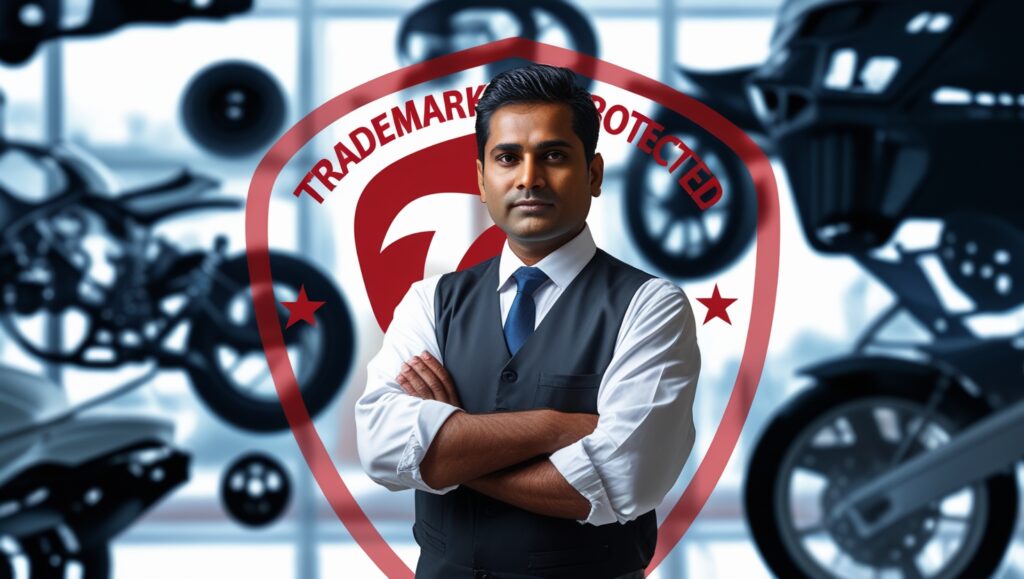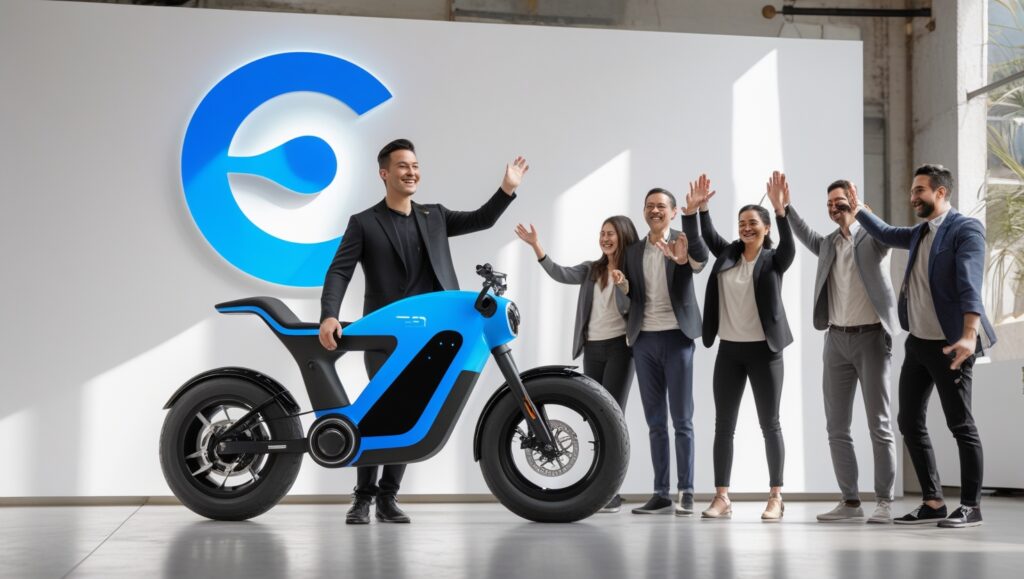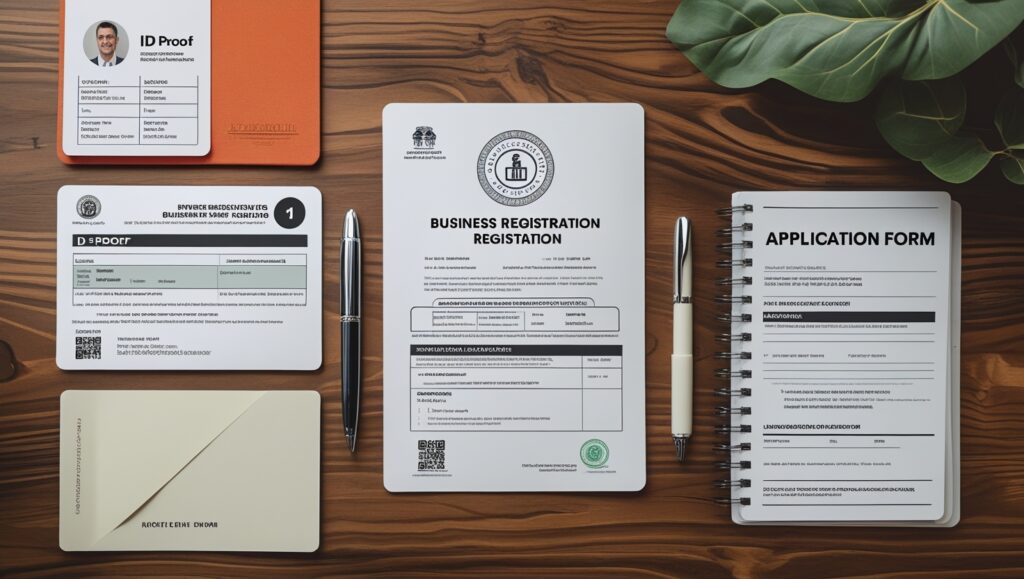Avoid These Costly Mistakes When Registering Your Class 12 Trademark
In the competitive world of automobiles and transport equipment, standing out with a strong, protected brand is essential. Trademark registration, especially under Class 12, which covers vehicles, parts, and transport-related equipment, is an important legal step to secure your business identity. However, many businesses—particularly startups and small manufacturers—unknowingly make errors that can delay or even jeopardize their trademark approval.
This blog dives deep into the most common mistakes made during Class 12 trademark registration and how to avoid them to ensure smooth and successful brand protection.

🚘 What is Trademark Class 12?
Before discussing the mistakes, it’s crucial to understand what Class 12 includes. Trademark Class 12 under the Nice Classification system pertains to:
Products Covered:
- Automobiles and their components (cars, bikes, trucks, scooters)
- Electric vehicles
- Tires, brakes, axles, bumpers, mirrors
- Chassis and engine parts
- Vehicle bodywork
- Parts for marine and aircraft transport
If your business deals with any of these products, you must register your trademark under Class 12 to gain legal protection.
⚠️ Common Mistakes Made in Class 12 Trademark Registration
1. Filing Under the Wrong Class
One of the most frequent and costly errors is selecting the incorrect trademark class. Businesses offering automotive electronics, for example, may mistakenly file under Class 9 instead of Class 12.
Solution:
Always conduct thorough classification research or consult a trademark expert to confirm the correct class for your specific products.
2. Using Generic or Descriptive Names
Brand names that are too generic—like “Super Car” or “Fast Wheels”—are often rejected due to lack of distinctiveness.
Why This is a Problem:
The trademark authority looks for unique and distinguishable marks. Generic terms can’t help you stand out or gain exclusive protection.
Solution:
Choose coined or suggestive names that are inventive and memorable, such as “TorqueOne” or “VeloCruze.”
3. Skipping a Trademark Search
Many applicants fail to check if a similar mark already exists before filing. This can lead to objections, legal disputes, or outright rejection.
Solution:
Use the IP India Public Search Tool to conduct a detailed search. Look for phonetic similarities, visual resemblance, and similar meanings in existing Class 12 trademarks.
4. Not Conducting a Phonetic Search
Even if a mark looks different visually, a similar-sounding brand could exist, causing objections during examination.
Example:
You choose “KarrMate,” but a registered mark “CarMate” exists.
Solution:
Always conduct a phonetic search using the official IP India portal and avoid names that sound similar to existing marks.
5. Incomplete or Incorrect Documentation
Filing your trademark application without the required documents or with incorrect information can delay or void the process.
Documents Often Missed:
- Power of Attorney (when applying through an agent)
- Identity proof of applicant
- MSME or Startup certificate (for fee concession)
Solution:
Double-check all document requirements before submission. Always include digital copies of your brand logo if applicable.
6. Ignoring the Logo Trademark
Some businesses only register the word mark and ignore logo registration. If your logo has a unique identity, it deserves separate protection.
Solution:
File both the word mark and the device/logo mark under Class 12 for complete protection.
7. Delaying the Application
Waiting too long to file your trademark can result in someone else registering a similar or identical brand name.
Real-World Risk:
If a competitor registers your brand name before you do, you might lose legal rights to your own brand.
Solution:
Apply early—even before you officially launch your product.
8. Improper Drafting of TM-A Form
Incorrect or vague descriptions in your TM-A form can lead to rejection or class misinterpretation.
Solution:
Use precise descriptions and terminology that align with Class 12 guidelines. For instance, write “electric motorcycles” instead of just “vehicles.”
9. Not Monitoring the Trademark Journal
Even after filing, many applicants forget to monitor the Trademark Journal for updates and oppositions.
Solution:
Check the journal weekly. If an opposition arises, respond within 30 days with a well-prepared legal response.
10. Not Seeking Professional Guidance
Filing a trademark might seem easy online, but without professional insight, you risk errors that can delay or cancel your registration.
Solution:
Hire a trademark expert or IP attorney who understands Class 12 intricacies. They can handle everything from search and classification to legal replies and hearings.
🛠️ How to Correct These Mistakes
- Start with Research: Use the official IP India Trademark Search Portal to check for existing Class 12 trademarks.
- Choose a Unique Brand Name: Avoid common words or clichés.
- Use Correct Descriptions: Clearly mention the nature of your goods in the TM-A form.
- Register Early: Secure your name before announcing or marketing it.
- Keep Documents Ready: Ensure you have MSME/Udyam certificates and a digital version of your logo.
- Track Application Status: Keep checking for examination reports or third-party objections.
🧾 Class 12 Trademark Application Process at a Glance
Step 1: Trademark Search
Use the official database to check for similar marks.
Step 2: Application Filing (Form TM-A)
Submit your trademark online under Class 12.
Step 3: Examination by Registrar
Wait for approval or examination report.
Step 4: Respond to Objections (if any)
File a reply with supporting documents.
Step 5: Journal Publication
If accepted, the mark is published in the Trademark Journal.
Step 6: Registration
If no opposition is raised, the mark gets registered.
Timeline: 8 to 12 months (if no opposition)
📉 Consequences of These Mistakes
- Application Rejection: Incorrect class or vague descriptions can result in rejections.
- Legal Disputes: A similar existing mark can cause a conflict.
- Loss of Brand Rights: Delays can allow someone else to secure your brand.
- Rebranding Costs: If rejected, you may need to create an entirely new brand identity.
📌 Final Thoughts: Be Proactive, Not Reactive
Trademark registration is more than a formality—it’s a powerful legal shield for your brand. Avoiding these common mistakes ensures that your Class 12 trademark registration process goes smoothly and your brand remains protected for years to come.
If you’re in the automotive or transport equipment business, don’t underestimate the importance of getting it right the first time. A well-thought-out application backed by professional advice can save time, money, and your business reputation.
🤝 Get Expert Help from VMK Professionals
At VMK Professionals, we specialize in trademark registration services tailored for Class 12. From initial search and classification to filing and follow-ups—we do it all.
🛠️ Whether you’re an EV startup or an established vehicle manufacturer, protect your brand today.
📞 Contact us now and take the first step toward safeguarding your automotive business.
VMK Professionals – Powering Brands. Protecting Futures.



















